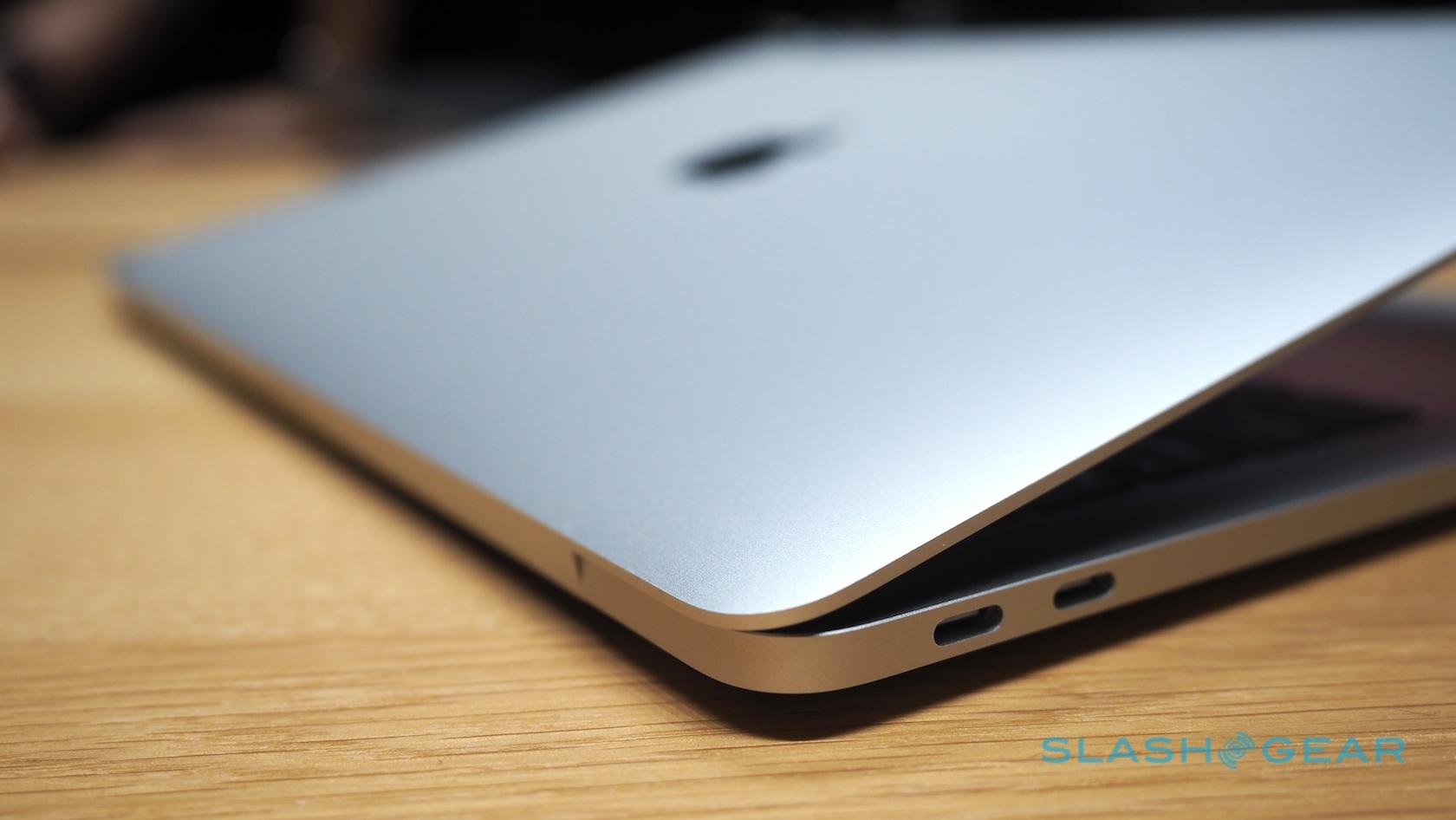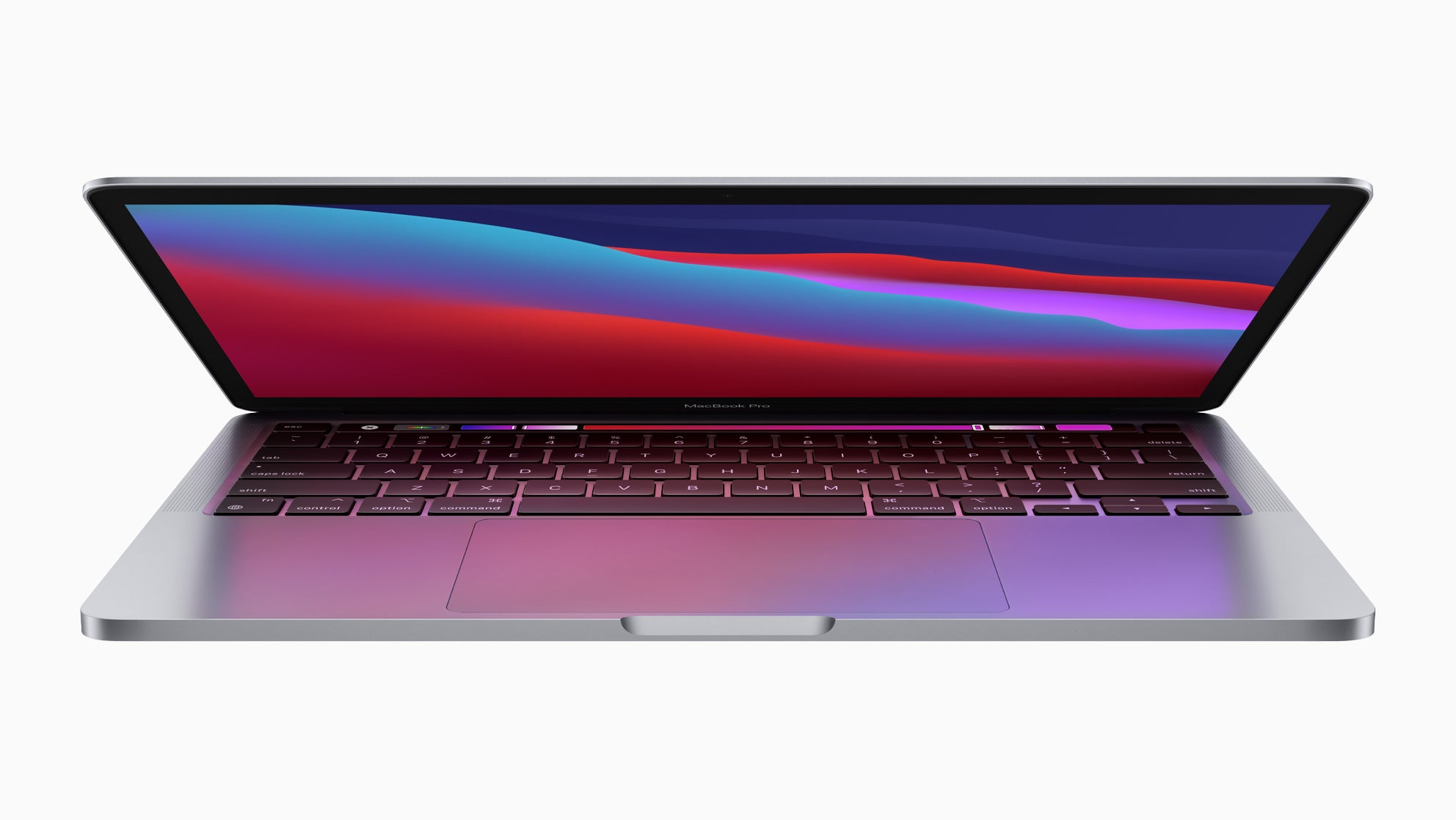- Best New Mac Desktop
- Best New Machine Gun Kelly Song 2020
- New Mac Air
- Best New Mac Laptops
- Best Buy Mac Trade In
Migration Assistant copies all of your files from your old Mac to your new Mac so that you don't have to copy them manually.
The standard MacBook is Apple’s most affordable model, and it strikes a healthy balance between the power of the MacBook Pro and the portability of the MacBook Air. MacBooks tend to be the best. Apple offers a wide selection of options when it comes to the MacBook line. As of 2020, this includes the new M1-enabled 13-inch MacBook Pro, 13-inch MacBook Air, and 2019 16-inch MacBook Pro. MacBook Air 2020 review: The most boring Mac is among the best It has a new keyboard, and that’s all most folks need to know. Samuel Axon - Mar 28, 2020 2:37 pm UTC.
- If your files are currently on a PC, follow the PC migration steps instead.
- If you're moving content from a Time Machine backup, follow the steps to restore your Mac from a backup instead.
Get ready

- Install all available software updates on both computers. If your old Mac isn't using OS X Lion or later, and your new Mac isn't using OS X Mavericks or later, follow the Mountain Lion migration steps instead.
- If both computers are using macOS Sierra or later, place them near each other with Wi-Fi turned on. If either one is using OS X El Capitan or earlier, make sure that both are on the same network.
- On your old Mac, choose Apple menu > System Preferences, then click Sharing. Make sure that a name appears in the Computer Name field.
Use Migration Assistant
You're now ready to use Migration Assistant to move your files from the old Mac to the new one.
On your new Mac
- Open Migration Assistant, which is in the Utilities folder of your Applications folder. Then click Continue.
- When asked how you want to transfer your information, select the option to transfer from a Mac, Time Machine backup, or startup disk. Then click Continue.
On your old Mac
- Open Migration Assistant, then click Continue.
- When asked how you want to transfer your information, select the option to transfer to another Mac. Then click Continue.
On your new Mac
When asked to select a Mac, Time Machine backup, or other startup disk, select the other Mac. Then click Continue.
On your old Mac
If you see a security code, make sure that it's the same code shown on your new Mac. Then click Continue.
On your new Mac
- Select the information to transfer.
In this example, John Appleseed is a macOS user account. If it has the same name as an account already on your new Mac, you're prompted to either rename the old account or replace the one on your new Mac. If you rename, the old account will appear as a separate user on your new Mac, with a separate home folder and login. If you replace, the old account will delete and then replace the account on your new Mac, including everything in its home folder. - Click Continue to start the transfer. Large transfers might need several hours to complete.
- After Migration Assistant is done, log in to the migrated account on your new Mac to see its files.
If you're not keeping your old Mac, learn what to do before you sell, give away, or trade in your old Mac.
Apple wants people to fall back in love with its latest MacBook Air.
 For many users, the pre-Retina, 13-inch MacBook Air was one of the best laptops ever made. For too long, though, it fell behind the curve as Apple introduced better performance and higher-resolution screens to the rest of its lineup. Finally, Apple brought the high-res Retina display and some other improvements to the Air in 2018. Maybe the world's best laptop was back?
For many users, the pre-Retina, 13-inch MacBook Air was one of the best laptops ever made. For too long, though, it fell behind the curve as Apple introduced better performance and higher-resolution screens to the rest of its lineup. Finally, Apple brought the high-res Retina display and some other improvements to the Air in 2018. Maybe the world's best laptop was back?2018's Air was a pretty good machine, but it wasn't a candidate for world's best laptop anymore, thanks to the prone-to-fail butterfly keyboard design and a painful lack of ports. A refresh in 2019 brought some refinements, but it didn't address either of those issues. Now, finally, Apple has pulled out the butterfly keyboard and put in something we hope will be much more dependable.
So is the 2020 MacBook Air again worthy of consideration as the world's best laptop?
Table of Contents
Specifications
| Specs at a glance: 2020 MacBook Air | |
|---|---|
| Screen | 2560×1600 at 13.3 inches |
| OS | macOS Catalina 10.15.3 |
| CPU | 1.1GHz 4-core Intel Core i5 (3.5GHz Turbo) with 6MB L3 cache |
| RAM | 8GB 3733MHz LPDDR4X |
| GPU | Intel Iris Plus Graphics |
| HDD | 512GB SSD |
| Networking | 802.11ac Wi-Fi; IEEE 802.11a/b/g/n; Bluetooth 5.0 |
| Ports | 2x Thunderbolt 3, 3.5mm headphone |
| Size | 0.16–0.63 inch×11.97-inch×8.36-inch (0.41–1.61cm×30.41cm×21.24cm) |
| Weight | 2.8lbs (1.29kg) |
| Warranty | 1 year, or 3 years with AppleCare+ |
| Price as reviewed | $1,299 |
| Other perks | 720p FaceTime HD camera, stereo speakers |
Apple MacBook Air (2020)
Best New Mac Desktop
Buyers can spend an extra $100 for a 1.1GHz Core i5 with 3.5GHz Turbo Boost and a 6MB cache; if you can afford it, the cost here is worth it. There's also a 1.2GHz Core i7 with 3.8GHz Turbo Boost and 8MB cache option for $250 over the base config, but if performance is that important to you, at this price you might consider a MacBook Pro instead.
 Advertisement
Advertisement For graphics, you're looking at Intel Iris Pro graphics matching whatever CPU you pick.
In standard configurations, the Air comes with 8GB of 3733MHz LPDDR4X memory, but you can opt to upgrade to 16GB for an additional $200—which I'd recommend for a lot of people, especially if they use a bunch of non-Apple apps like, say, Google Chrome.
Storage starts at 256GB in the base config, up from 128GB in past Airs. Apple has been doubling storage across its MacBook line, and that's very welcome. 128GB was pretty tight even for light users, but 256GB is just right for those using this as a basic productivity computer. You can go up to 512GB for another $200, 1TB for another $400, or a beefy 2TB for an extra $800.
The Air has the same Retina display as before. It's a 13.3-inch IPS panel with a native resolution of 2,560 by 1,600 pixels. Apple really made HiDPI displays take off when it first introduced Retina displays, but while the company is strong on things like color accuracy, competing products now offer much higher resolutions.
The Air's screen is above the threshold beyond which more pixels make for diminishing returns, though, so its resolution isn't much of a downside. But buyers should know that the Air's display can't match the photographer-friendly color accuracy of the MacBook Pro.
This is a good time to mention that the laptop defaults to a screen area that is equivalent to 1,440 x 900, which is pretty cramped by today's standards. You can bump it higher, but it looks a bit less sharp, and UI animations (like swiping between Spaces) get just a teensy bit choppier. It's not a big deal, but it's also not ideal.The part of the spec sheet that disappoints me most, though, is the lack of Wi-Fi 6. Instead we get the same old 802.11ac. Sure, Wi-Fi 6 is new on the scene, but you might expect to keep this computer for three or more years, and Wi-Fi 6 will probably be ubiquitous by then. Bluetooth 5.0 is present, though.
AdvertisementBest New Machine Gun Kelly Song 2020
This machine also has stereo speakers, Dolby Atmos support, and a 3.5mm headphone jack, along with what seems to be the same 720p FaceTime webcam Apple has been putting in its laptops for ages. The camera is fine, but in an age of telecommuting, you wouldn't be wrong to ask for a 1080p camera at this price.
Sadly, one of the biggest problems with the 2018 and 2019 MacBook Air models persists here: only two ports, both Thunderbolt 3/USB-C. More on that in a moment.

Design
New Mac Air
It's refreshing to see Apple not try to 'change the world' here—but just designing a solid workstation.
The Air is thin, it has the classic tapered shape, it looks and feels sturdy, and it wastes no space or material. From an industrial design point of view, it's one of the best things Apple has ever made.
It's also slightly more repairable than it used to be, according to a recent teardown by the good people at iFixit. They found that new wiring for the trackpad allows for easier access to both the trackpad and the battery without messing with the logic board, among other things. Repairability is still not a strong suit of the MacBook Air, but it seems to be improving.
Best New Mac Laptops
The new model is almost imperceptibly thicker than the 2019 Air, but its form is otherwise unchanged, and that's a great thing. It's still a sleek, tightly designed little laptop, which is one of the main things so many people appreciated about the Air over the years. There aren't a lot of laptops out there that feel this good to carry and to use.
The Achilles' heel of the design is the port situation, though. I'm not even talking about the fact that it uses Thunderbolt 3/USB-C; most other laptops in this class also use USB-C instead of larger USB-A ports, and it feels like that ship has sailed. I'm instead referring to the fact that it only has two ports, which may not be enough for much of the target audience, as one of those ports will usually be used for power. To make matters worse, the ports are both on the left side of the machine. Is your power outlet on the right side of your desk? Hope you're cool with running a cord across the desk or in some awkward arrangement behind it.
Best Buy Mac Trade In
The ports remain the worst thing about the MacBook Air—but they're also the only thing I can criticize about the design. Now, on to the question everyone has: how is that new keyboard?